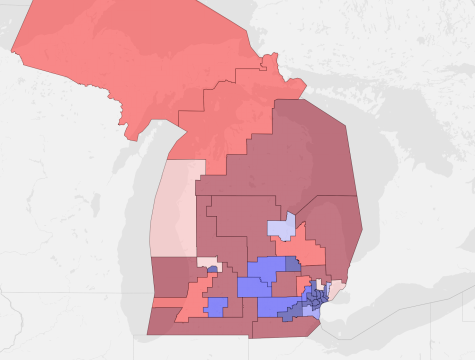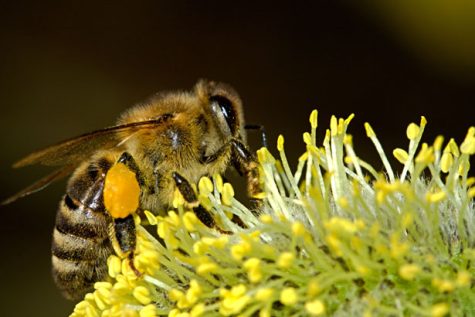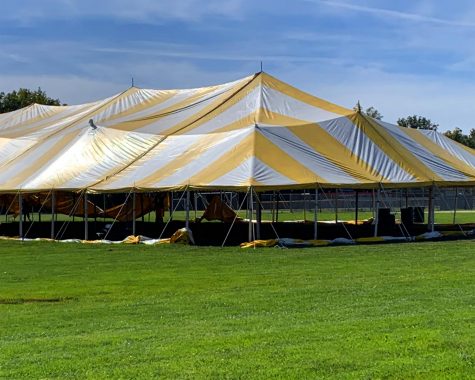Zoos: Haven or Hell?
From a young age, we are taught that zoos are a great place for a school field trip–spending eight hours to catch a glimpse of an endangered or rare animal. To some, the thrill is in discovery; seeing so many special and extravagant animals for the first time on display can get the heart racing. To others, the joy of going to the zoo is in bonding with family and spending time with friends. However, is the zoo really a good place for kids to gawk at endangered animals? More importantly, does the zoo actually provide a good habitat and healthy lifestyle for the animals that live there?
Let’s start with some of the good things zoos do. Zoos play a big role in fighting wildlife extinction. According to Victoria’s Zoos, over 350 million dollars is spent by zoos a year to selective breed and encourage captive breeding. This means that species with a tiny population are able to live on through mating in zoos. For example, the Mountain chicken and the Polynesian tree snail are merely two species among many saved by zoos globally. Furthermore, zoos are a great place for educating kids and adults alike. In 2017 alone, over 140,000 students and kids visited the Detroit Zoo and learned about wildlife conservation, something that is heavily promoted. With specific programs designed to teach kids to help wildlife, zoos are a great advocate for humane animal treatment.
Some activists have voiced concern about the size of zoo enclosures. A 2016 study published in PLOS One investigated the claim that small zoo enclosures lead to a decline in overall elephant health. The study, led by more than two dozen researchers, gathered and analyzed data on 255 elephants at 68 zoos. No link was found between the exhibit size and the main indicators of elephant welfare. Instead, the study revealed that the quality of the living space and social life of the elephants were more impactful to the animal’s health.
Additional qualities of zoos include the fact that many zoos are non-profit, meaning that they are sponsored to raise and care for the animals that they display. Not only does this lead to an increase in spending for conservation, but it also inspires others to join the cause. Nothing can rack in donations like puppy dog eyes or a cute penguin on the brink of extinction. Good zoos also strive for better animal welfare. This translates to transparency in animal care as well as increased investments in state of the art facilities and better food. Animals in zoos today have never been treated better, and zoos are here to stay.
Your donation will support the student journalists of Salem High School - MI. Your contribution will allow us to purchase equipment and cover our annual website hosting costs.








